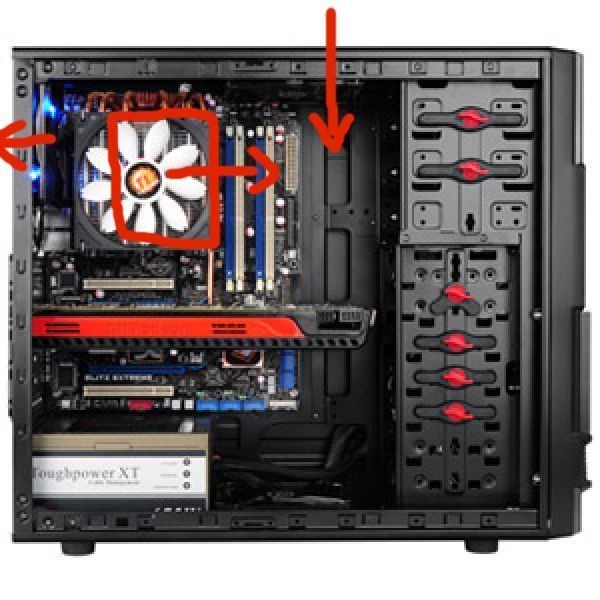I have high temperatures in my case, my GTX 970 is 45c idle, CPU 35c idle
Today I added a thermaltake fan 12cm on top but nothing changed.
So I have 2 fans now, the one that came already with the case and the new one, the thing is that my CPU fan by thermaltake is facing the case front panel.
What do you think? should I invert the fans so the fresh air is pushed toward the CPU and GPU, and pulled out of the case at the cpu fan exit?
Here's my actual settings:

Today I added a thermaltake fan 12cm on top but nothing changed.
So I have 2 fans now, the one that came already with the case and the new one, the thing is that my CPU fan by thermaltake is facing the case front panel.
What do you think? should I invert the fans so the fresh air is pushed toward the CPU and GPU, and pulled out of the case at the cpu fan exit?
Here's my actual settings:

